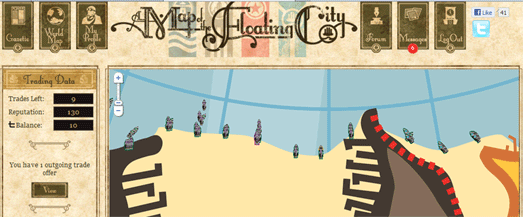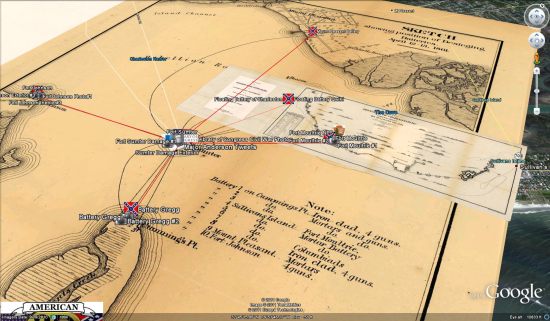A Map of the Floating City is an interesting looking new game that has created its own game world with the help of Google Maps.
You can sign up for the game with Twitter or Facebook and you are then given your own ship, which will magically appear on the Google Map. The main objective of the the game is to trade with other players in order to move your ship forward on the map.
When you have a trade accepted you get to move your trading partner north on the map. If you accept a trade from another player then your ship gets to move.
This game does require a little patience. The game requires responses from other players so it is obviously never going to be an all out action game. You’ll need to make your trade offers and then come back later to see if they have been accepted.

